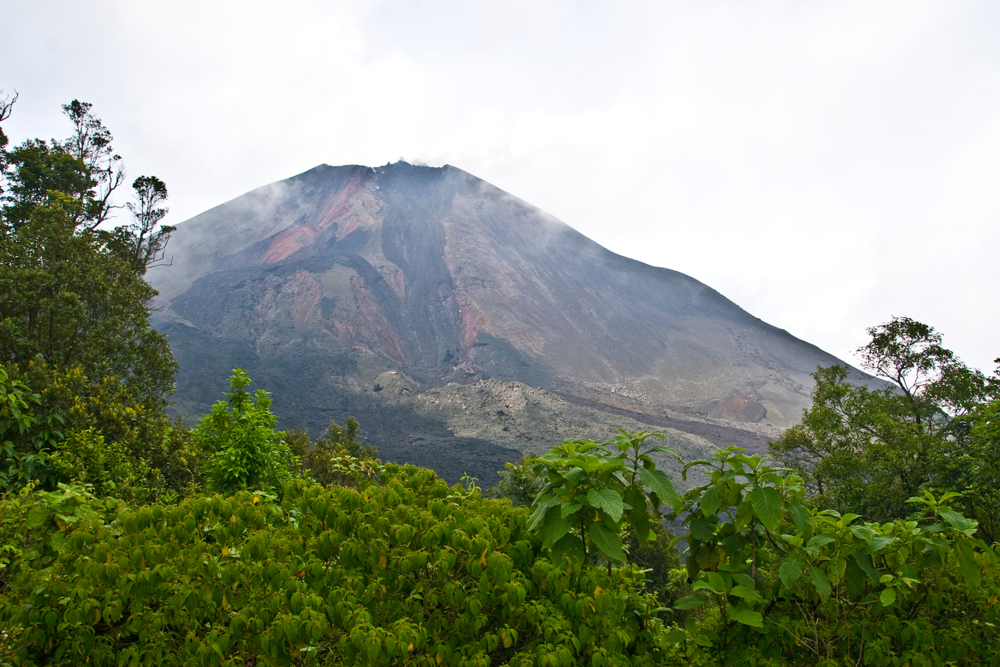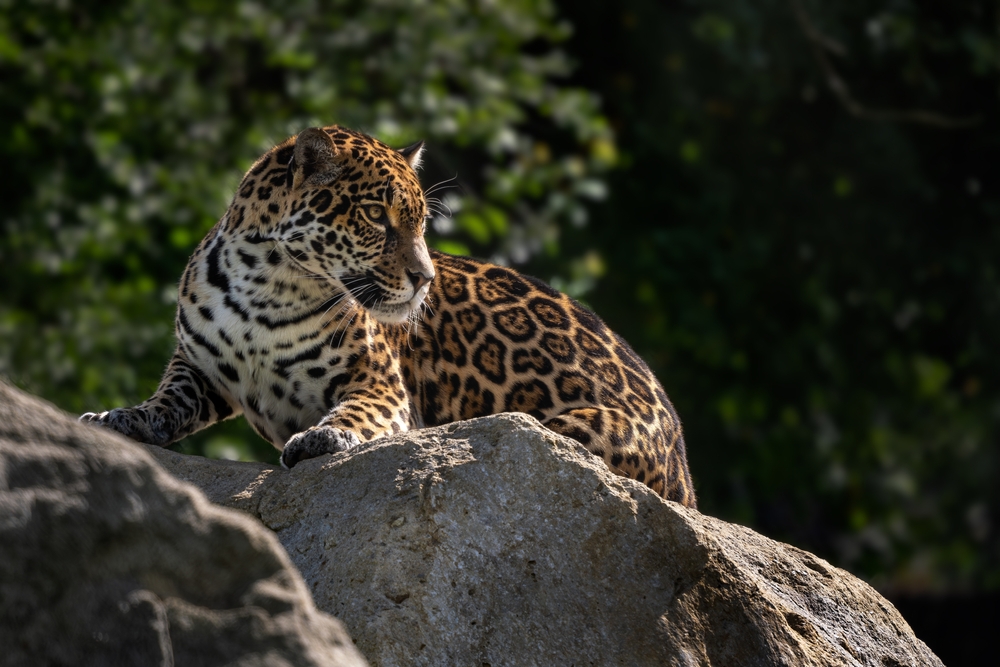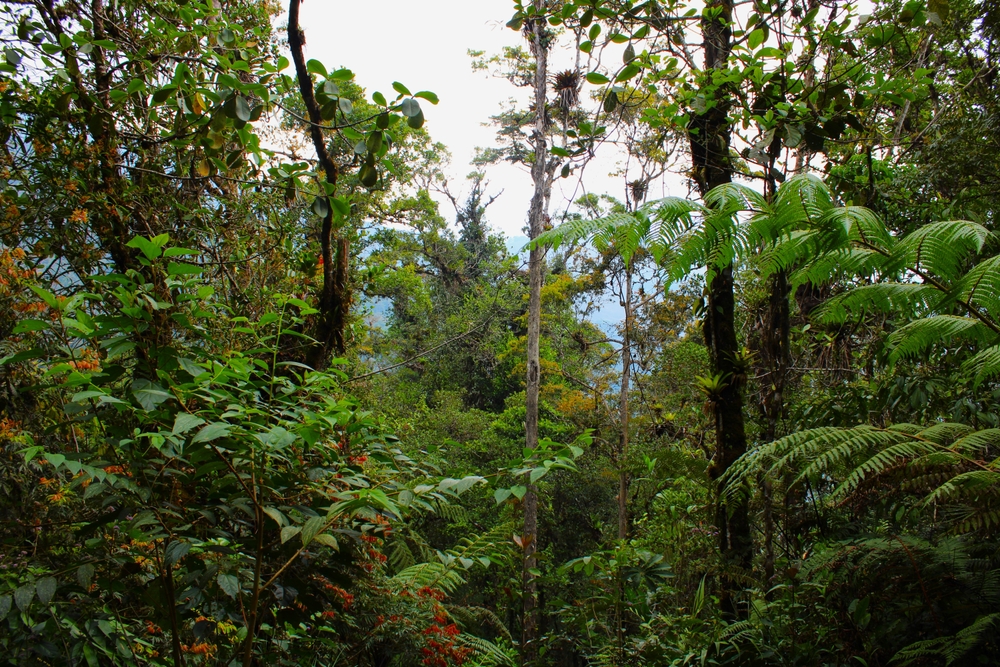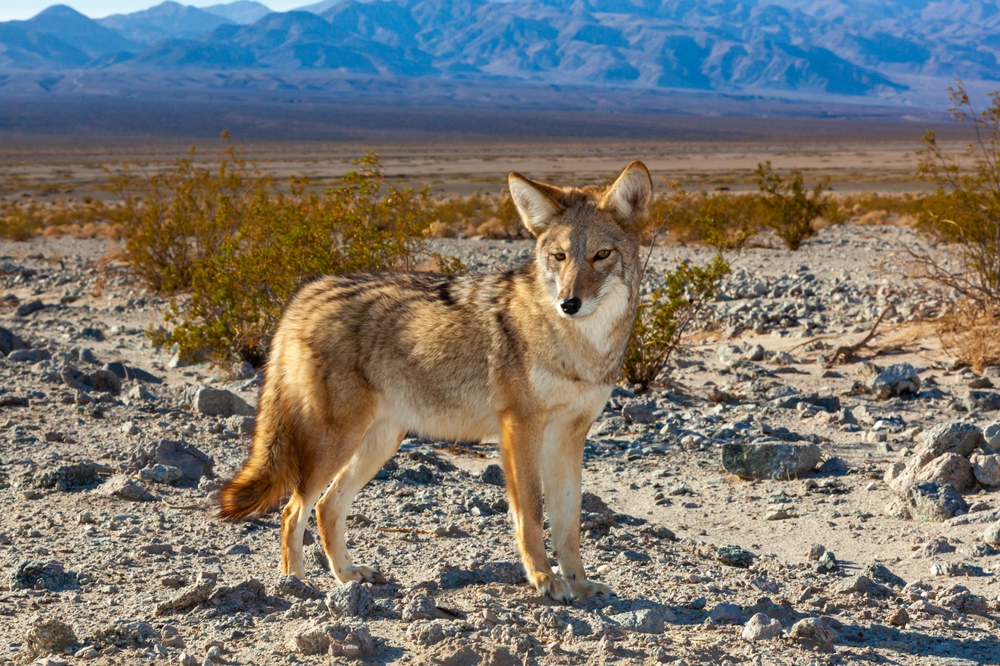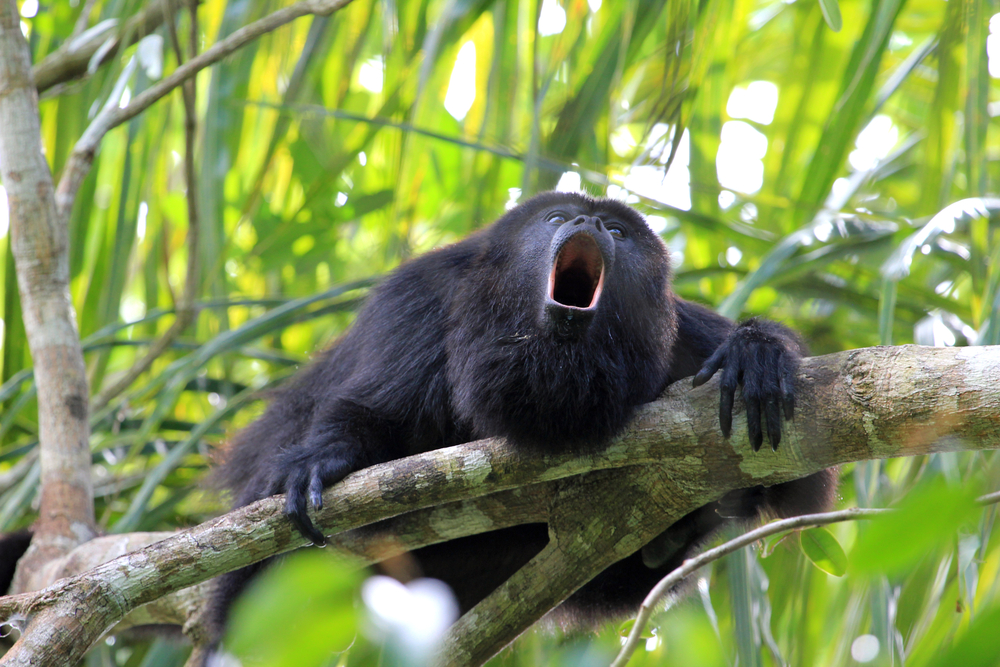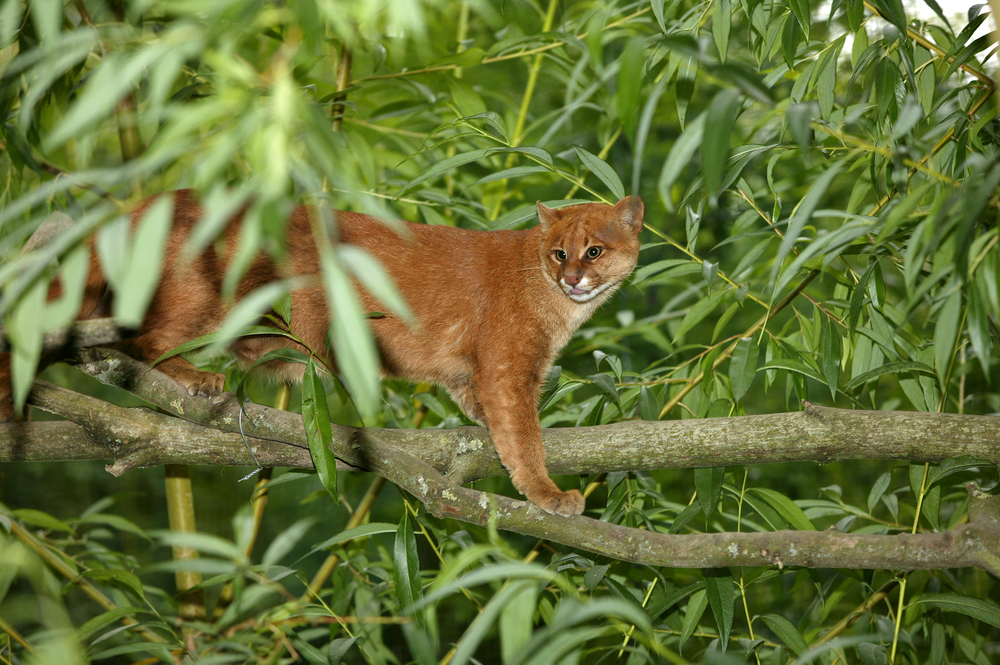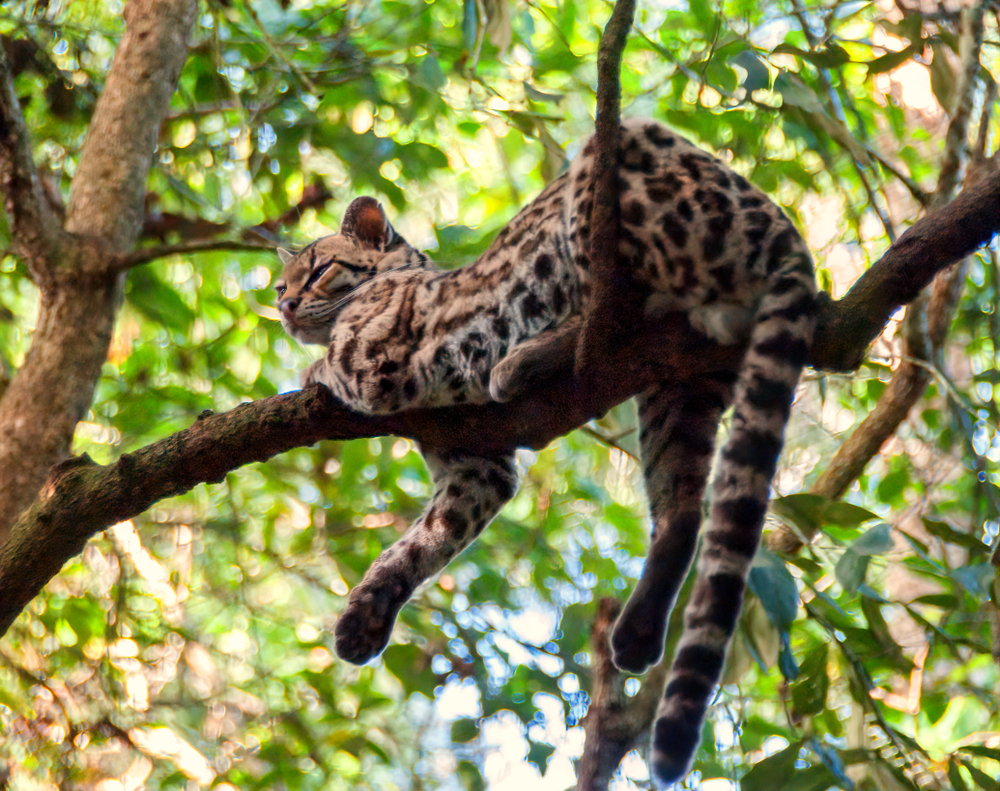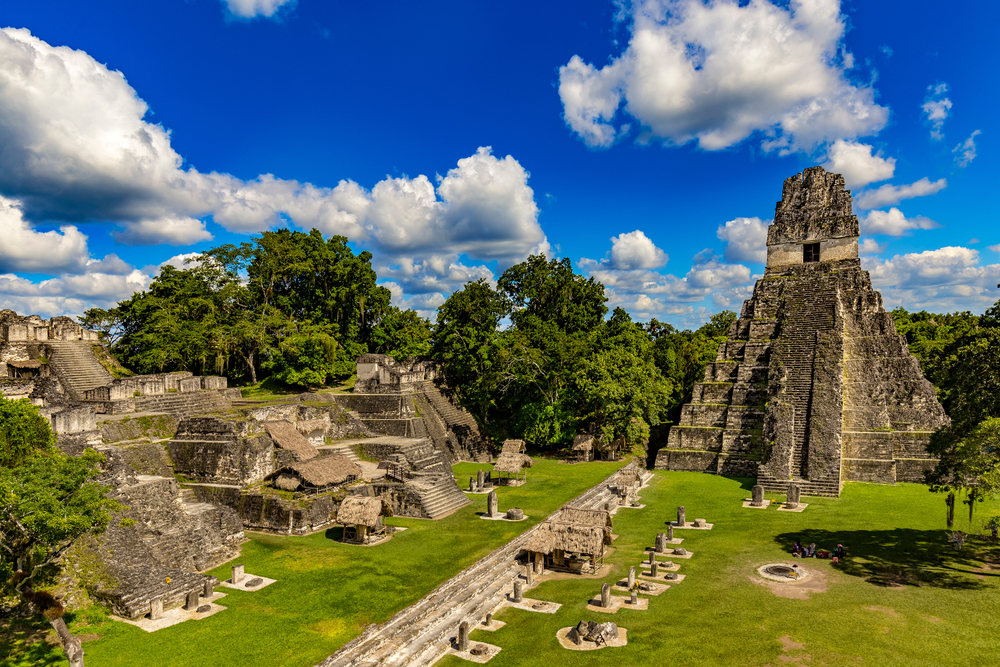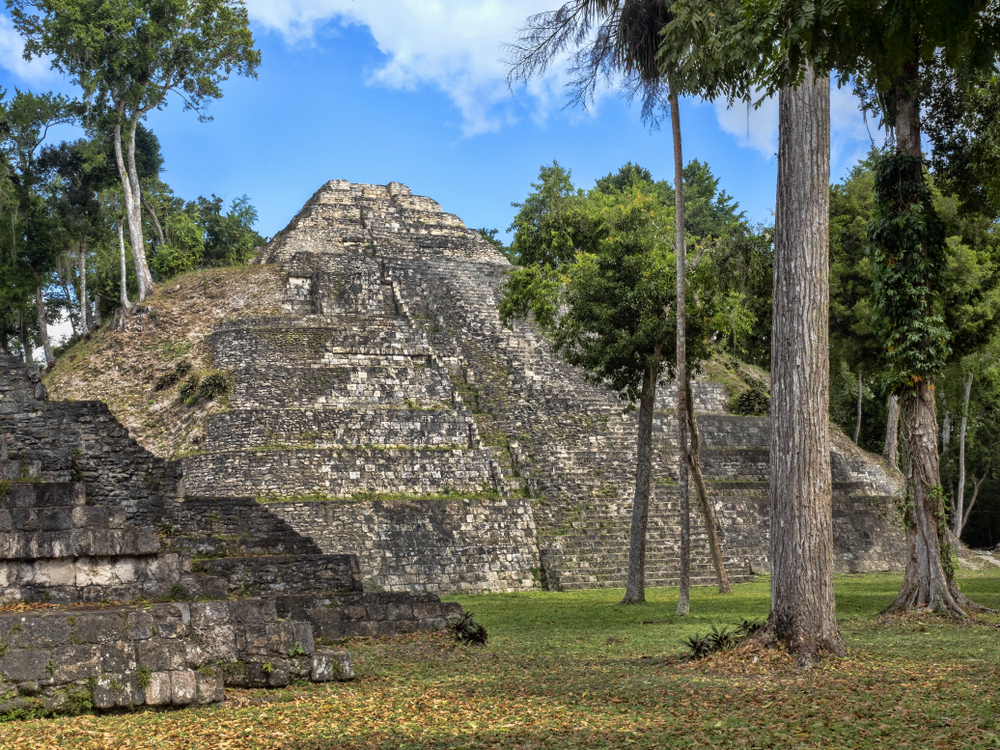Pacaya Overview
Pacaya National Park, known locally as Parque Nacional Pacaya, is a protected area in southern Guatemala spanning approximately 33 square miles (85 square kilometers).
Located within the departments of Escuintla, Guatemala, and Amatitlán, it is best known for the active Pacaya Volcano, which reaches an elevation of about 8,373 feet (2,552 meters).
This stratovolcano is one of the most accessible active volcanoes in Central America, attracting thousands of visitors each year who seek to witness its frequent eruptions, glowing lava flows, and dramatic landscapes. The park offers striking views of nearby volcanoes such as Agua, Fuego, and Acatenango, creating a breathtaking backdrop for exploration.
The terrain of Pacaya National Park is shaped largely by volcanic activity, featuring rugged slopes, hardened lava fields, and lush forests that have repeatedly recovered from eruptions. The landscape transitions from tropical forests at lower elevations to barren volcanic rock and ash near the summit.
The park is home to a mix of cloud forests and pine-oak woodlands, where resilient vegetation thrives despite the harsh volcanic conditions. Various ferns, mosses, and wildflowers, including orchids, dot the landscape, creating an interesting contrast against the black volcanic rock. Over time, lava flows have cooled and broken down into nutrient-rich soil, allowing greenery to reclaim parts of the volcanic slopes.
Wildlife in Pacaya National Park is diverse, with several species adapted to the park’s dynamic environment. Among the most notable mammals are white-nosed coatis, ocelots, armadillos, and deer, all of which navigate the park’s varied terrain. Howler monkeys are sometimes heard in the forested lower elevations.
The park is also an excellent location for birdwatching, with species such as the resplendent quetzal, the national bird of Guatemala, occasionally spotted in the forested areas. Other common avian species include emerald toucanets, parrots, motmots, and falcons. Raptors such as hawks and kestrels are often seen soaring over the volcanic ridges in search of prey.
A major draw of Pacaya National Park is the opportunity to hike up the active volcano, an experience that offers close encounters with steam vents, lava flows, and hardened volcanic rock formations. The most popular trail leads visitors through forests and past previous lava flows before reaching a high vantage point where molten lava may be visible, depending on recent volcanic activity.
At times, visitors can roast marshmallows over the heat of the volcanic vents, a unique experience that has become an unofficial tradition. Guided tours are recommended, as conditions can change rapidly due to the volcano’s activity. On clear days, the summit provides sweeping views of the surrounding highlands, Lake Amatitlán, and the distant Pacific coastline.
Pacaya National Park faces several conservation challenges, including deforestation, illegal logging, and the impact of volcanic eruptions on local ecosystems. However, park authorities and conservation groups have worked to protect the region through reforestation efforts and sustainable tourism initiatives.
Controlled hiking routes help minimize environmental degradation, while community-based ecotourism programs provide local economic benefits. Despite the ongoing volcanic activity, Pacaya remains a dynamic and fascinating destination where visitors can witness the raw power of nature while contributing to conservation efforts.








































































